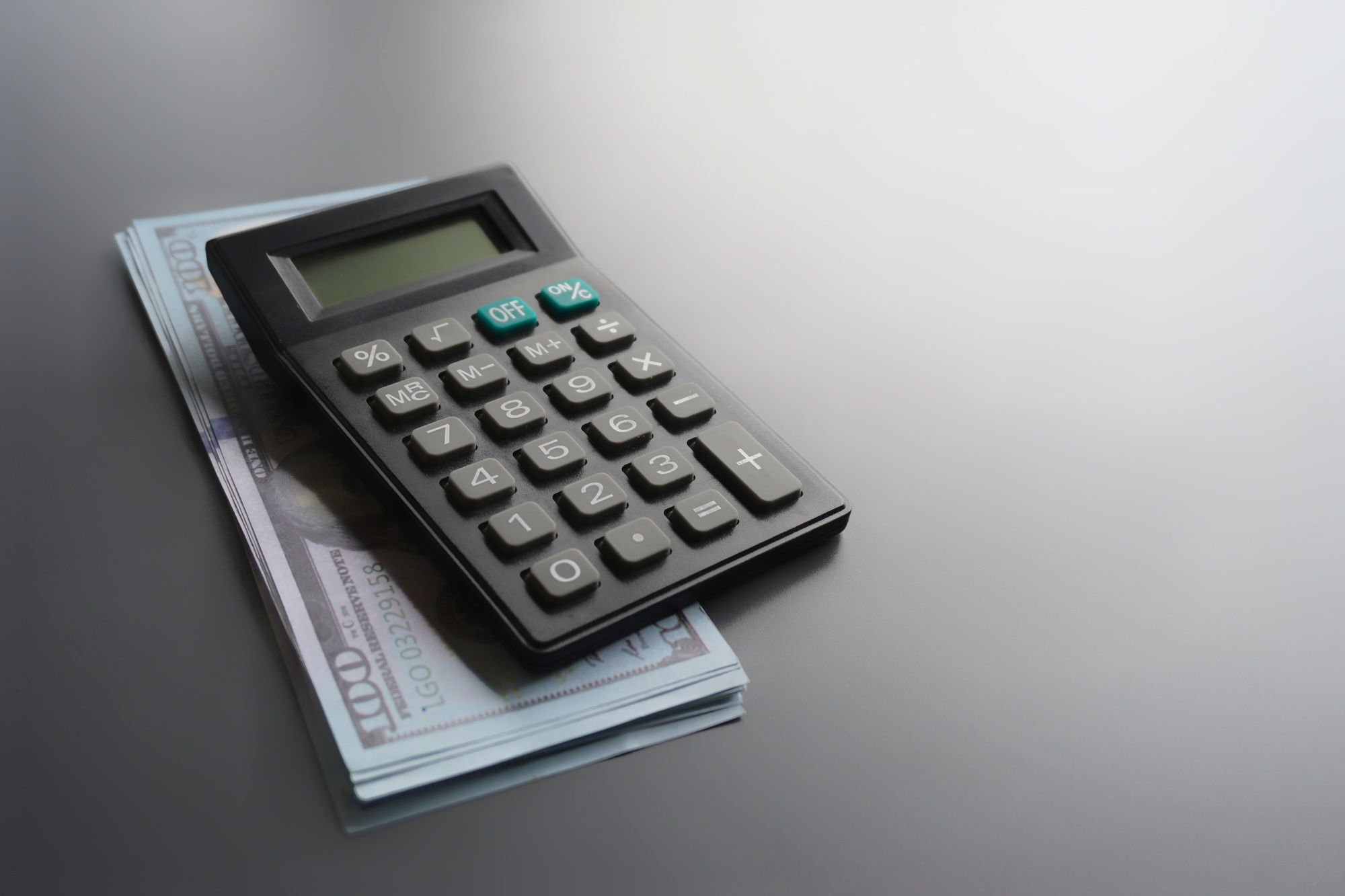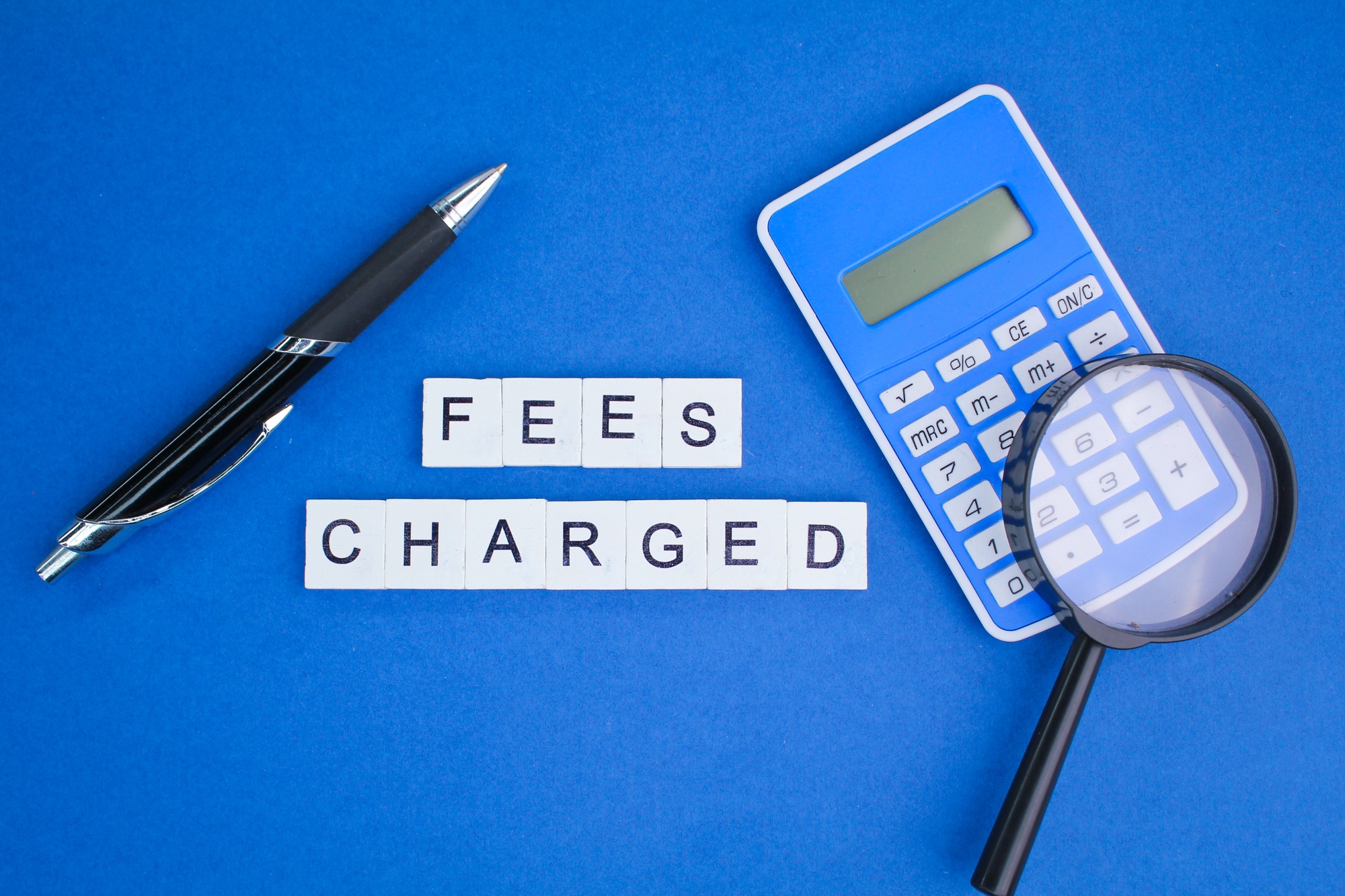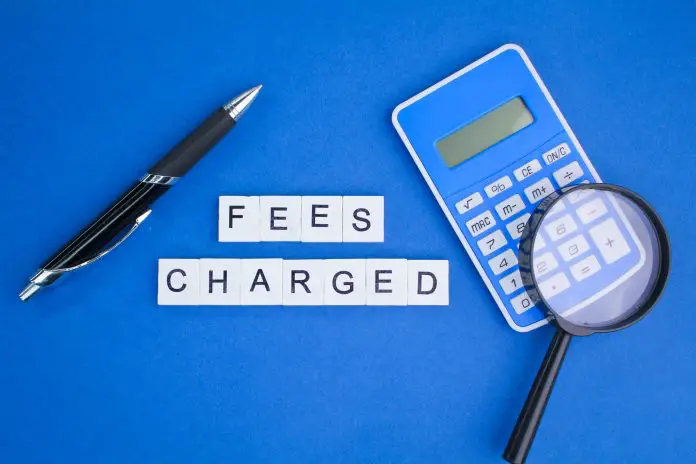Key Takeaways

- Understand Etsy’s fee structure, including listing fees ($0.20 per item), transaction fees (6.5% of the sale price), and payment processing fees (approximately 3% plus a fixed amount) to effectively manage your costs.
- Factor in all fees when pricing your products to ensure profitability; adjust your pricing strategies accordingly to cover costs while remaining competitive in the marketplace.
- Regularly assess your profit margins after accounting for Etsy’s fees to identify areas for improvement and enhance your financial health.
- Optimize your product listings by using high-quality images and detailed descriptions while minimizing multiple listings to reduce overhead costs and improve visibility.
- Utilize Etsy’s promotional tools strategically to drive traffic and encourage sales, which can help offset transaction fees and improve overall revenue.
If you’re diving into the world of Etsy, understanding fees is crucial for your success. Selling handmade or vintage items can be rewarding, but those fees can sneak up on you if you’re not careful. From listing fees to transaction charges, these costs can impact your profits significantly.
Overview Of Etsy Fees

Understanding Etsy fees is crucial for running a small business effectively. Various fees can affect your profits, so knowing them helps you price your products appropriately.
Listing Fees
Etsy charges a listing fee of $0.20 per item. This fee applies each time you list a new product or renew an existing listing. Each item listed remains active for four months. If an item sells, the listing automatically renews, incurring another fee. Keeping track of your listings helps manage costs effectively.
Transaction Fees
Etsy takes a 6.5% transaction fee on the sale price of each item. This fee applies once a sale occurs, impacting overall revenue. When pricing items, factor in these fees to maintain profitability. Understanding this fee structure enables you to set competitive pricing.
Payment Processing Fees
Payment processing fees vary based on the location and the payment method used, usually around 3% plus a fixed amount per transaction. This fee applies when buyers use Etsy Payments, which covers various payment options. Ensuring you account for these fees when calculating overall costs helps streamline your small business operations.
How Etsy Fees Impact Sellers

Understanding Etsy’s fees is essential for running a small business on the platform. These costs can influence pricing and profit margins, shaping your overall success.
Pricing Strategies
Adapting your pricing strategies is crucial for profitability, factoring in Etsy’s fees. Start by calculating total costs, including the $0.20 listing fee per item, the 6.5% transaction fee, and the payment processing fee, which is 3% of the sale price plus $0.25. Set your product prices to cover these expenses while remaining competitive. For instance, if you list an item for $100, price it to account for approximately $9.95 in fees, ensuring your net revenue meets your business goals.
Profit Margins
Profit margins directly reflect your pricing effectiveness and cost management. After accounting for all fees, determine your effective profit per sale. For example, if you sell a product for $100, subtract $9.95 in fees to realize a profit of $90.05. Regularly reassess your margins to identify areas for improvement, such as raising prices, lowering costs, or optimizing listings. Keeping an eye on these metrics enables you to maintain a healthy bottom line in your small business.
Tips For Reducing Etsy Fees
Reducing Etsy fees can significantly enhance your profits when running a small business. Implementing effective strategies helps you manage costs while maximizing sales.
Optimizing Listings
Optimize your product listings to minimize overhead costs. Use high-quality images and detailed descriptions to attract buyers without increasing the number of separate listings. Consider batching similar products together under one listing. This approach reduces the multiplicity of $0.20 listing fees, allowing you to focus on fewer yet more effective listings, ultimately improving your overall visibility and sales potential.
Utilizing Promotions
Utilize Etsy’s promotional tools to enhance exposure without incurring extra fees. Create discounts or coupon codes to encourage sales. Targeting specific buyers with promotions can boost sales volume and help cover the transaction fees associated with each sale. Strategic promotions can lead to increased traffic and repeat customers, positively impacting your bottom line and supporting your growth as a small business.
Conclusion
Understanding Etsy fees is vital for your success as a seller on the platform. By knowing how listing fees transaction charges and payment processing costs impact your bottom line you can make informed decisions about pricing and product offerings.
Implementing effective pricing strategies and regularly reassessing your profit margins will help you stay competitive while maximizing your revenue.
Don’t forget to leverage Etsy’s promotional tools to enhance visibility and drive sales. With careful planning and smart management of fees you can turn your Etsy shop into a thriving small business.
Frequently Asked Questions
What are the main fees associated with selling on Etsy?
Etsy sellers encounter several fees, including a $0.20 listing fee for each product, a 6.5% transaction fee on the sale price, and payment processing fees, which are typically around 3% plus a fixed amount. These fees can significantly impact your overall profits.
How can I reduce Etsy fees when selling?
To minimize fees on Etsy, optimize your product listings with high-quality images and detailed descriptions, which can attract more buyers. Also, reduce the number of separate listings and utilize Etsy’s promotional tools like discounts or coupon codes to drive sales volume, helping to offset transaction costs.
Why is it important to understand Etsy fees?
Understanding Etsy fees is essential for sellers because these costs directly affect your pricing strategies and profit margins. Knowing your expenses helps you set competitive prices and ensures your net revenue meets your business goals, ultimately supporting your small business’s success.
How do fees influence my pricing strategy on Etsy?
Etsy fees can significantly impact your pricing strategy. If you list an item for $100, you’ll need to consider approximately $9.95 in fees. To maintain a profitable business, it’s essential to account for all expenses when setting your prices to ensure you achieve your desired profit margins.
What should I monitor to maintain my Etsy business’s profitability?
Regularly monitoring your profit margins and pricing effectiveness is crucial for maintaining your Etsy business’s profitability. Reassess your pricing strategies and cost management frequently to ensure your income aligns with your business goals and that you remain competitive in the market.
Image Via Envato: Chayantorn, fauziEv8, mohdizzuanbinroslan



